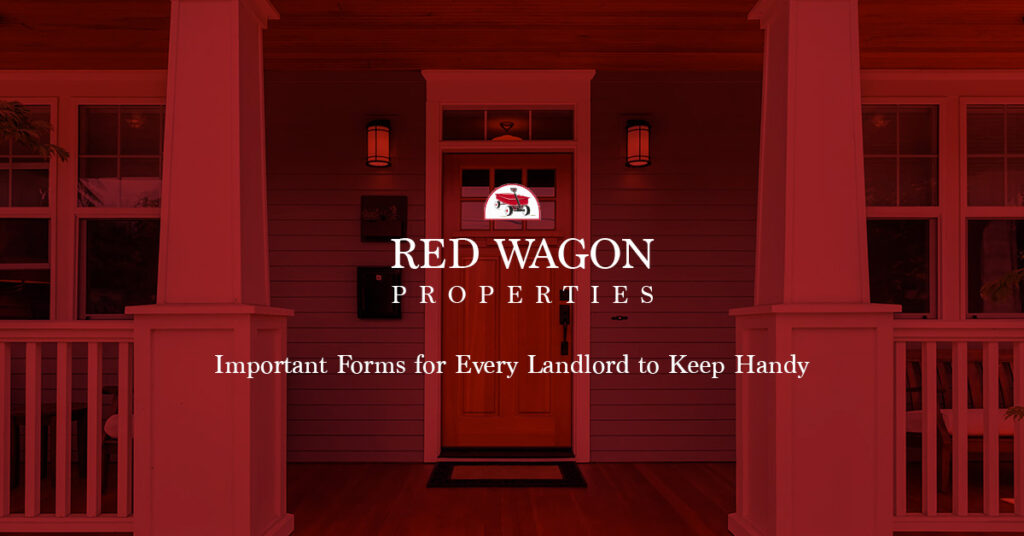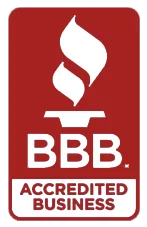Important Forms for Every Landlord to Keep Handy
Being a landlord has never been as demanding as it is now. Even in Texas, which is in the top-six friendliest states for landlords, there’s a lot of legal paperwork. You need to make sure and have the right forms on hand so that you’re covered from liability.
Before you welcome your first tenant, make sure you have all of these forms on hand.
The First Step
The first step in getting a renter is vetting the potential tenant. This is often done by way of a rental application. It should include all the information you need in order to have an idea of the type of people the new tenants will be.
This often includes data that can be used for background checks, like date of birth and social security number. It should also have information that can allow you to run a credit check on the potential tenant. This is the first line of defense against destructive or bad tenants.
You will also need to have a place where you can keep these on file. It’s a good idea to keep the applications of any tenant who is renting from you. You’ll also want to keep extras around, as you’ll be dealing with potential tenants all the time.
Included with the application should be tenant consent forms for background and credit checks. Without these, you won’t be able to conduct any of the vetting processes. You should also keep acceptance and denial forms, as you’ll need to have one or the other with each tenant.
Acceptance forms should be kept in the file for the tenant in question. You should also keep denial forms on hand at all times and then file them for future use should the same tenant show up later. This can help streamline the process of renting and vetting potential candidates.
The Big Two
There are two forms that are the most vital of all. The rent agreement and lease agreement are your first line of defense against liability. A lot of what you can do with your tenants and properties is tied up in how these documents are worded and put together.
These two forms are often combined for ease of understanding, but they don’t have to be. In many cases, a rent agreement is a shorter form of a lease agreement. The lease agreement can include everything a rental agreement has but often covers a period of 6-12 months or longer.
Both should include all the necessary information about the rental. This includes how long the tenant will be renting, as well as any upfront fees they will have to pay. You should have a lawyer help you write the agreements, as they are going to be legally binding.
It is possible to use both if you feel it’s necessary or if there’s a legal requirement. Combined with these, you should have acceptance or greeting letters for new tenants. This will help to personalize the relationship between you and your tenants.
Additional Forms
While the forms above may cover you legally, there are other organizational considerations. You will want to develop and keep checklists on hand and ready to go. These can include a new renter’s checklist, so you don’t miss a step. But you can take it a step further.
Some landlords will have move-in checklists on hand to distribute to new tenants. This is a courtesy but one that you should consider. The fewer issues faced by a tenant when they move in, the better off your business will be.
You may also want to find a form for regular written communication. This should feature a letterhead and the name and address of your business. This ensures you can document every interaction you have with a tenant, whether it is positive or negative.
Legal Complications
You need to have all of these forms on hand for legal reasons. Liability and landlord rights are often tied to the agreements you sign with the tenant. If something isn’t in the lease agreement, it will limit your ability to check on or visit your tenants.
For this reason, make sure that you have access to a lawyer who is knowledgeable in your area. Guidelines and ordinances are enacted on the municipal as well as state levels. Complying with all relevant laws is essential to managing a profitable rental business.
Preparing your documents can be expensive, but once you have the templates, all you need to do is keep track of them. The application, acceptance/denial forms, consent forms, agreements, welcome letters, and anything else your local area requires can keep you from an expensive lawsuit.
Property Management
If you’re looking to expand your rental business or get into renting for the first time, this may all seem overwhelming. A single mistake can cost you a lot of money and time in repairs and damages. Thankfully, there are professionals that can take care of the paperwork for you.
Don’t expose yourself to additional liability and legal jeopardy because you are missing a form. Let a property management group take care of the properties for you. This will ensure that your rentals are taken care of and that they conform to all applicable laws.
If you’re renting apartments, homes, or other properties in San Antonio, you can have Red Wagon Properties work for you. All you have to do is contact us, and we’ll be ready to take care of the hassles of rental ownership. Let Red Wagon do the hard work, so you can enjoy your investment.











